
INSIDE THIS ISSUE
COOLING MATTERS WORLD REFRIGERATION DAY
IIR NOTES ON PASSIVE COOLING
ASHRAE REFRIGERATION GUIDES
GBCA GUIDE TO AN ALL ELECTRIC FUTURE
CCCANZ SEISMIC PROCESS GUIDE
CHANGES TO THE HEALTHY HOME STANDARD
JUNE 2022 irhace.org.nz
Industry Journal for the New Zealand Refrigeration, Heating, Ventilation & Air Conditioning Industries
The




irhace.org.nz JUNE 2022
the
MEMBER BENEFITS
Register your interest for
Approved Filler A1 Theory Course, starting June 2022



“Cooling is at the very heart of modern life. It enables people to live and work comfortably, it saves lives, it enables people to achieve. The need for cooling is everywhere, it touches lives in fantastic, though often unnoticed ways. However, we look at it, cooling matters.” said Steve Gill, founder of World Refrigeration Day.
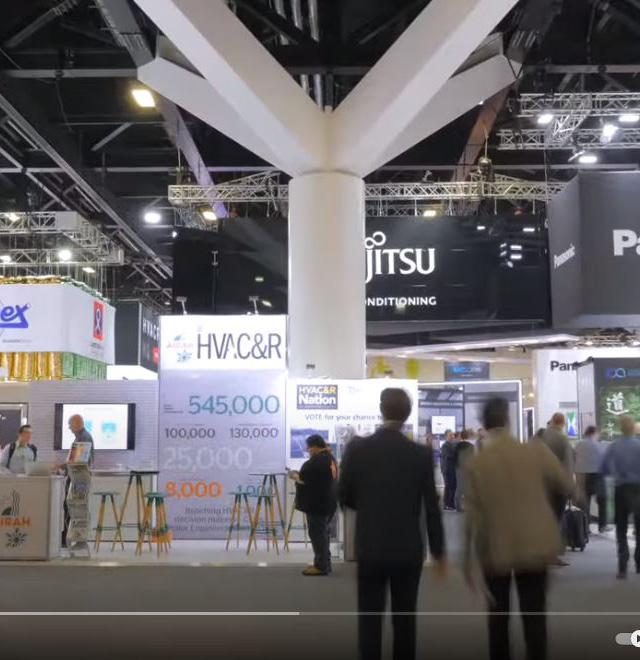

1 ISSUE: JUNE 2022 INSIDE THIS ISSUE Cooling Matters IIR Passive Cooling Ashrae Refrigeration Guides GBCA All Electric Future Submissions Made By IRHACE & CCCANZ CCCANZ Seismic Process Guide Healthy Homes Standards RLNZ Course Update 6
MEMBER BENEFITS 33 25 6 9 10 11 15 20 21 22 Official Journal of the Institute of Refrigeration, Heating and Air Conditioning Engineers of New Zealand Inc (IRHACE), Climate Control Companies Association New Zealand (CCCANZ), and Refrigerant Licence New Zealand (RLNZ) The Industry Journal for the New Zealand Refrigeration, Heating, Ventilation & Air Conditioning Industries
PUBLISHER
IRHACE/CCCANZ/RLNZ
IRHACE: www.irhace.org.nz CCCANZ: www.cccanz.org.nz RLNZ: www.rlnz.org.nz
EDITOR
HVAC&R Centre admin@irhace.org.nz
MEMBERSHIP admin@irhace.org.nz admin@cccanz.org.nz
REFRIGERANT LICENSING & COURSES admin@rlnz.org.nz
ADVERTISING admin@irhace.org.nz
DESIGN
Bellacreative Ltd
HVAC&R CENTRE
PO Box 217184
Botany Junction 2164 Auckland, New Zealand
e: admin@irhace.org.nz e: admin@cccanz.org.nz e: admin@rlnz.org.nz
No part of this journal may be printed in other publications without prior written permission of the Managing Editor.
Disclaimer: Statements expressed in this publication do not necessarily reflect the policies or views of the associations, and members of IRHACE or CCCANZ. The IRHACE Journal publishes both local and international articles. Standards and or practices may differ from current New Zealand standards and or practices used. No responsibility is accepted by the associations and editor for the accuracy of information or for errors or omissions. The IRHACE Journal is distributed to all the IRHACE and CCCANZ financial members.
ISSN 01148257
MARK MEYER
IRHACE President
MALCOM MILLER
CCCANZ Chair



At the end of April, IRHACE, CCCANZ, Refrigerant Recovery New Zealand Ltd (597445) and Refrigerant Recovery Operating Company NZ Ltd (607131) established a working group and provided two submissions on the proposed changes to regulations for the New Zealand Emissions Trading Scheme 2022.
It is important that we respond to these submissions and advise government what is best for our industry and the environment to collect and destroy refrigerants. Our previous submission in November 2021, discussed having a holistic refrigerant management solution that caters for the widest possible range of refrigerant types.
The outcome of this process any new regulations or amendments to existing regulations will be published in the New Zealand Gazette by late September 2022 and come into force from 1 January 2023.
Coming up in June:
• Trade Night in Whangarei on Thursday 9th June.
• IRHACE AGM on 22nd June, members please register for a quorum for this online event.
• Celebrate World Refrigeration Day on 26th June.
• IRHACE & CCCANZ are representing our industry at the upcoming upcoming Facilities Integrate | Build NZ | NZ Safety Show event on 29/30th June in Auckland. This features two of our M.IRHACE speakers Lance Jimmieson and Robert Mannes.
• CCCANZ AGM on 28th June, members please register for a quorum for this online event.
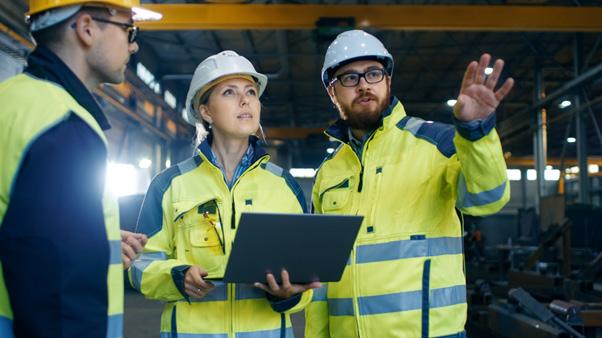
irhace.org.nz JUNE 2022
MEMBER BENEFITS CLICK HERE FOR


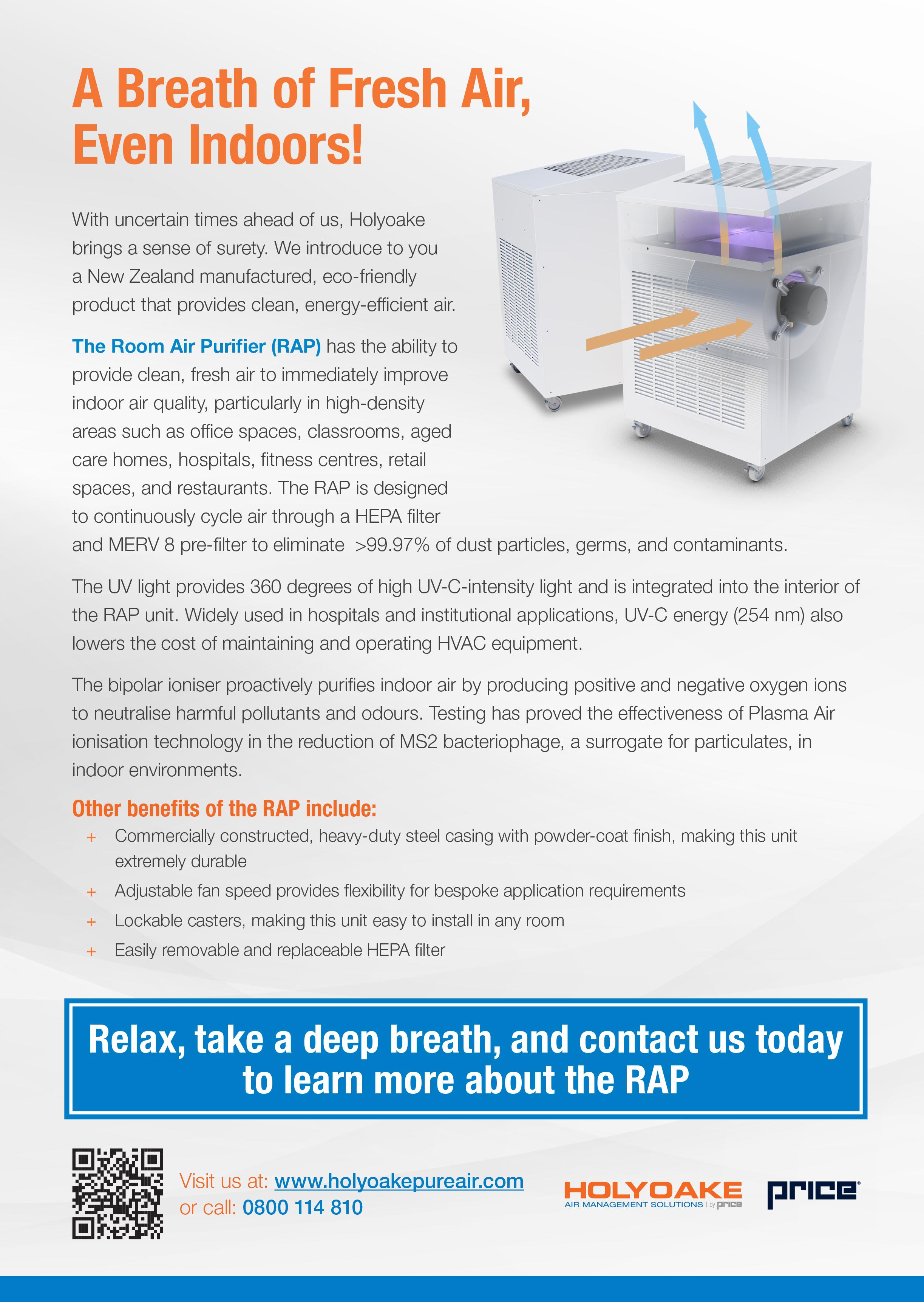
COOLING MATTERS WORLD REFRIGERATION DAY

“Cooling is at the very heart of modern life. It enables people to live and work comfortably, it saves lives, it enables people to achieve. The need for cooling is everywhere, it touches lives in fantastic, though often unnoticed ways. However, we look at it, cooling matters.” said Steve Gill, founder of World Refrigeration Day.
At a side session held during the 2022 AHR Expo in Las Vegas, Gill announced that Cooling Matters would be the day’s 2022 theme. “Our objective is to make the public aware of cooling’s essential benefits, how cooling impacts daily life, and how technology choices foster environmental well-being of future generations.” World Refrigeration Day is celebrated on and around June 26.
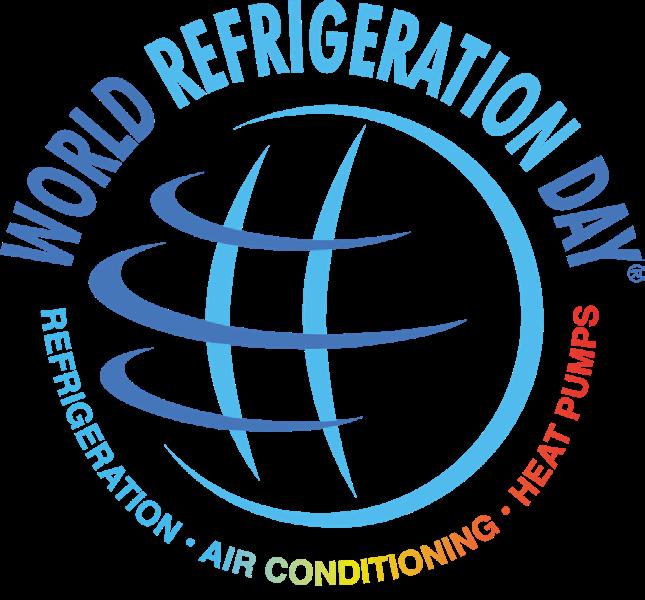
World Refrigeration Day is an international initiative that raises awareness of cooling’s benefits and inspires development and adoption of the innovative and sustainable cooling solutions by the public, governments, industry, and practitioners for the wellbeing of future generations.
irhace.org.nz JUNE 2022

I’m a qualified refrigeration sales engineer working for Cooling Equipment. I work in a sales role that offers Technicool support to the trade. I am lucky enough to deal with people from the refrigeration trade from the top of the North Island to the bottom of the South. It is critical that the trade makes good choices when it comes to selecting new equipment that has a lasting shelf life . Cooling Equipment and Comprex has designed and manufactured multimale natural refrigerant systems operating in New Zealand. I’m proud to work for New Zealand owned and operated company. IRHACE supports WRD and encourage the public to use qualified refrigeration engineers.
Elias MacKenzie – M.IRHACE, Branch Chair IRHACE
According to the World Refrigeration Day secretariat, despite policies, standards and codes related to the refrigeration and air-conditioning industry, there is still significant lack of public understanding of cooling’s importance even though issues like refrigerant transition, emissions reduction, and maximizing energy efficiency have been addressed for decades by governments due to global policies and binding international frameworks.
At AHR, partnering groups for previous World Refrigeration Day campaigns described how the day serves as a platform to educate the public about cooling’s benefits. Past campaigns targeted refrigerant choices that protect the ozone layer, using the cold chain to distribute food, medicines and vaccines, and promoting “cool” careers. Together, those partnering groups represent a half million engineers and technicians, more than a thousand suppliers of equipment services, and near 200 governmental bodies and agencies: United Nations Environment Program OzonAction, ASHRAE, European Partnership for Energy and the Environment, Federation of Ibero-American Air Conditioning and Refrigeration Associations, Global Food Cold Chain Council, International Institute of Refrigeration, Indian Society of Heating, Refrigerating and Air-Conditioning Engineers, and Union of Associations of African Actors in Refrigeration and Air Conditioning. They are among some hundred national and international associations that are World Refrigeration Day allies.
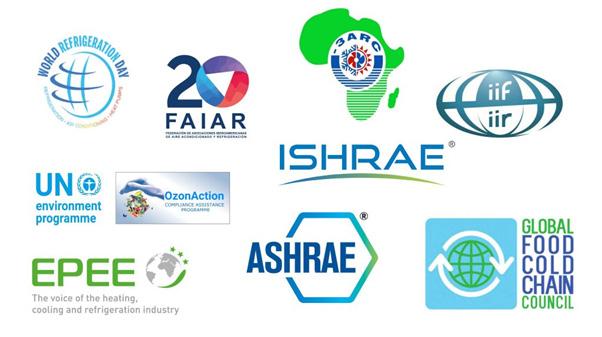
7
“The public can make choices that minimize environmental impacts when they select, operate and maintain cooling equipment,” Gill explained. According to the International Energy Agency, the average efficiency of air conditioners sold today is less than half of what is typically available on the shelves – and one third of best available technology.
Buildings generate nearly 40% of annual global CO2 emissions. Of those total emissions, building operations are responsible for 28% annually, while building materials and construction are responsible for an additional 11% annually. “How RAC systems are maintained and operated is one of the most important actions the world can take to address climate change,” said Rajan Rajendran representing ASHRAE’s Refrigeration Committee and the Global Food Cold Chain Council.
The challenge will only become greater. “Half of the buildings standing in 2060 have not yet been built,” said Ayman Eltalouny, representing UNEP OzonAction. There are 3.6 billion cooling units in use today. By 2050, that number is expected to be 9.5 billion. “If left unchecked, emissions from cooling appliances are expected to double by 2030. They will triple by 2100 driven by heat waves, population growth, urbanization and a growing middle class. Moving to best available cooling technologies would reduce cumulative emissions by 38 gigatons of CO2 emissions by 2030. This would avoid future greenhouse gas emissions equivalent to 2018 levels.”
I work for Ecochill whom have specialized in dealing with natural refrigerants such as CO2 and Hydrocarbons for many years and continue to do so countrywide. The Refrigeration trade is yet to be discovered by most of the public, I do believe it is still a “hidden” trade. I am determined to do my part personally to make it more visible, especially for the younger generation as they are our future Engineers who will help in repairing the World the way it was intended to, the natural way. I’m passionate about Refrigeration and help run “The Refrigeration Professionals Guild of New Zealand” (RPGNZ) whom is a strong supporter of World Refrigeration Day as this is one day of the year we get to celebrate our trade, one day we get to try and promote refrigeration to the world, with this year’s theme being #coolingmatters it is more important now than ever for us to get the word out there to the public and let them know what we are all about, let them know that our industry is just as important as any others, because we can’t live without refrigeration, as its importance, really does matter…
Andre Van Dyk – M.RPGNZ, Chairman RPGNZ
The equivalent of Paris is added in floor space every 5 days! Half of the building standing in 2060 have not yet been built!
The buildings sector offers the most cost-effective mitigation potential of any industrial sector and co-benefits including job creation, improved indoor and outdoor air quality, improved climate resilience and adaptive capacity.
And there is the increasing need for food. “Due to population growth, the world will need 60% more food by 2050. The unfortunate reality is much of the world’s food supply is lost due to waste,” said Rajendran. “Increasing refrigeration in emerging economies is required to meet this growing demand. Some 475 million tons of food currently lost could be saved by wider application of refrigeration.”
“We must communicate to the public that there is value to cooling if we hope to have policies in place which encourage use of low carbon emitting refrigeration and air conditioning,” said Rajendran. Said Gill, “Cooling Matters will tell the story of how our wellbeing depends upon cooling and how cooling technology choices can safeguard the well-being of future generations. We encourage the whole the refrigeration and air-conditioning industry to join us in celebrating World Refrigeration Day 2022. Join the global community conversation using the hashtags #coolingmatters and WREFD22.”
To get involved, to share ideas or your own actives and events, please email us info@worldrefrigerationday.org and sign up for updates here
irhace.org.nz JUNE 2022
THE IIR PUBLISHES NEW IIR INFORMATORY NOTES ON PASSIVE COOLING
The IIR has just published a new Informatory Note on passive cooling prepared by Renato Lazzarin, President of IIR Section E on Air conditioning, heat pumps and energy recovery.
Passive cooling concerns different applications including the prevention and reduction of heat gains, and heat dissipation. Heat dissipation technology aims to exchange the excess heat between a building and a lower temperature sink such as the sky, the ground, the water, or the ambient air.
Passive cooling technologies can contribute significantly to reducing energy demand for air conditioning. The potential advantages are strongly bound to local conditions which need to be carefully considered by designers. Characteristics of the ground, availability of aquifers, daily variations in ambient temperature all year long, air humidity levels are some of the parameters to be evaluated after the implementation of heat gain prevention and reduction measures. Under the most favourable conditions, passive cooling can completely fulfil the cooling demand of a building, possibly assisted by appropriate cold storage through the concurrent use of several technologies. Such an approach is made possible by integrated building design. However, even where the possible contribution is only marginal, hybrid systems can be designed by coupling one or more passive technologies with conventional cooling technologies, allowing significant energy savings.
The note also includes a series of recommendations aimed at developing passive cooling.

9
ASHRAE REFRIGERATION GUIDES
Refrigeration Commissioning Guide for Commercial and Industrial Systems
Using this Guide will help achieve cost-effective and cost-efficient refrigeration systems for new projects, expansions, remodels, and existing systems that simply need a tune-up.
This Guide was developed through cooperation of ASHRAE and the U.S. Department of Energy. In an effort to promote building energy efficiency, ASHRAE and DOE are making this Guide available for download (PDF) at no charge.

Print copies are available for purchase in the ASHRAE Bookstore
The first of its kind, Refrigeration Commissioning Guide for Commercial and Industrial Systems provides guidance to owners and managers of commercial and industrial facilities that use refrigeration systems to help ensure that project requirements are met and owners’ expectations are achieved. For commercial facility owners and managers, this means improved profitability through lower operating and service costs as well as reduced product loss.
Because deficiencies in system design found at start-up are not easily resolved, maintenance managers or operators may deal with unnecessary shortcomings and expenses over the life of the facility. Commissioning helps project teams avoid these “surprises” by establishing a consistent, stepwise process that helps “get it right the first time.”

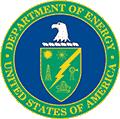
irhace.org.nz JUNE 2022
GBCA RELEASES GUIDE TO AN ALL-ELECTRIC FUTURE
The Green Building Council of Australia (GBCA) has published a guide that presents a compelling case for moving away from gas in new buildings – and lays out a straightforward method for doing so.
Launched at the GBCA’s recent TRANSFORM conference, A Practical Guide to Electrification outlines the steps involved in delivering an all-electric new building and the types of technologies that can be used today to replace natural gas systems with electric solutions. It was developed in partnership with Cundall and supported by the Clean Energy Finance Corporation (CEFC) and NSW government.
“Climate change, health and wellbeing, natural resource depletion, consumer preferences, investor demand – these are key issues that are impacting how we develop new buildings in our cities,” says the guide.
“A key challenge across all of them is how we move away from traditional solutions to deliver more sustainable and higher performing buildings.
“If we are to reduce GHG emissions due to the operation of buildings and meet net zero carbon goals, new buildings must be fossil fuel free, primarily by eliminating the use of natural gas.
“An all-electric building comes with many benefits – from easy access to renewable energy, to healthy spaces for occupants. As we move into a decarbonised world, all-electric buildings are future-proofed from having to be refurbished to eliminate outdated technologies. They have less risk of becoming stranded assets.”
According to the GBCA, the biggest barrier to electrification is not technical, it is to overcome an industry and consumer mindset that gas is more efficient than electric. But the case studies presented at TRANSFORM showed how this is changing.
Cbus Property CEO Adrian Pozzo said that all of Cbus’ apartments will be 100 per cent electric in response to what he called an “intergenerational” shift. Pozzo says the average age of the super fund’s members is 39, and they are looking for action on climate.
Electrification is also being built into ratings systems. To earn a 6 star Green Star rating, any new building or major refurbishment must be fossil fuel free. From 2023 this will also apply to 5 star buildings, and from 2026 to 4 star buildings.
Similarly, NABERS is introducing a Renewable Energy Indicator, which will disclose the amount of renewable energy used by a building. Only all-electric buildings running on 100 per cent renewables will achieve a 100 per cent score on NABERS’ indicator.
“All new buildings can be built to be all-electric today,” says the guide. “The technologies and desire exist. There is no reason not to build them.”


11
CLICK TO READ THE GUIDE
Image shows 5 Parramatta Square in Sydney, one of the case studies in the guide, planned to be all-electric.
CONTAINER FOR SALE
RLNZ is asking for expressions of interest to utilise their container. You could be a company that could utilise this in your own training; training contractor that could use this for courses; and/or a training institution.
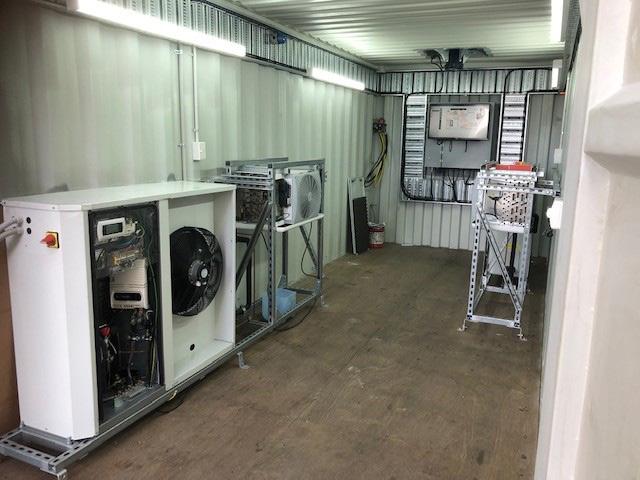

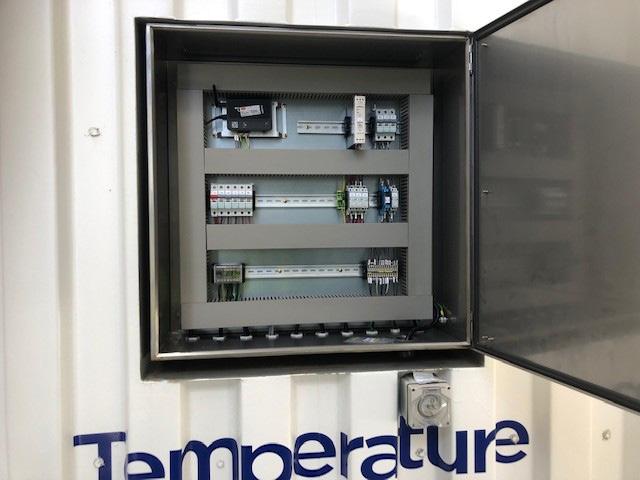
The container is a standard 20ft container and apart from the ventilation cowl which would be best to remove and cap off for transporting.
• 2 x Profroid QC MT 30 9kw CO2 systems with LuVe evaporators
• Eurotec controls and BMS interface with wifi connectivity and display screen to see what the system is doing and how it is operating
• External Switchboard enclosure with all penetrations sufficiently glanded for hazardous zone use
• The container plugs in off a standard 10A extension lead to an external socket, the idea is that one system can operate whilst the other system can be used for decanting training, the system has a switch that can swap the systems over on the control so if there is an issue with one it can be changed over to the other.
• The ventilation fan can easily be disconnected and removed for transporting and RLNZ can get a sheetmetal shop to fold up a cap to seal off the upstand
• There is also some gauges, a nitrogen regulator, and some fabricated vessels along with several manuals etc for the equipment
The installations have all been done professionally.
The container would be supplied as is and all transport costs would be the responsibility of the purchaser.
Please contact admin@rlnz.org.nz for more details.
Container and equipment - present your offer ($20k value) Equipment only - present your offer ($15k value)

irhace.org.nz JUNE 2022
HVAC CONTROL PANEL SOLUTIONS
Car Park Ventilation Controller
The Car Park Ventilation controller enables control of car park fans (exhaust/supply/jet fans) via Modbus control signals. Multiple zones can be set up using expansion modules, for managing and monitoring car park fans and sensors.
The controller operates the car park ventilation system in accordance with AS 1668.2:2012 by checking carbon monoxide levels and regulating the ventilation system.
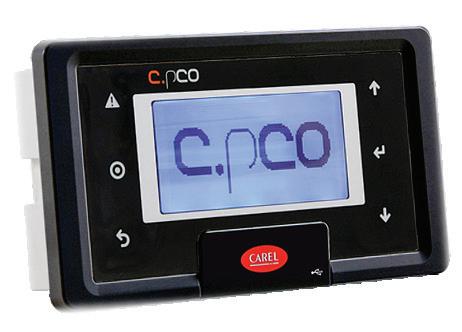
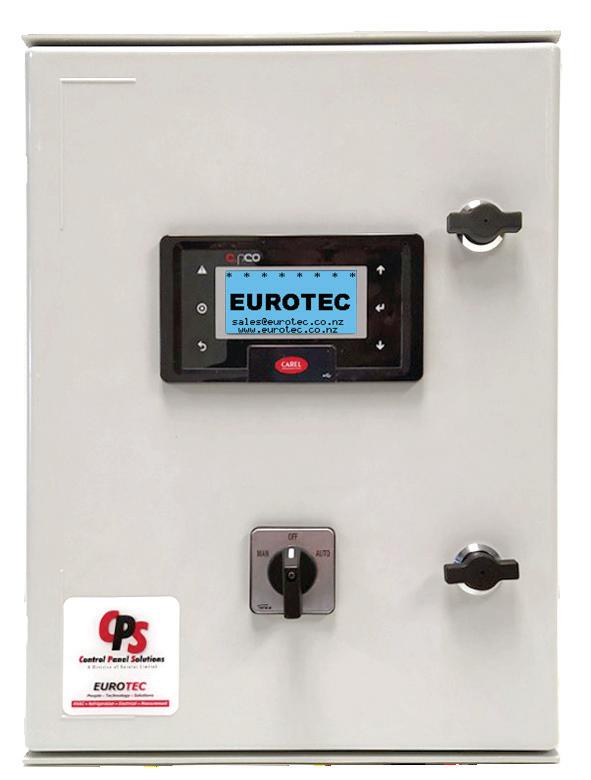
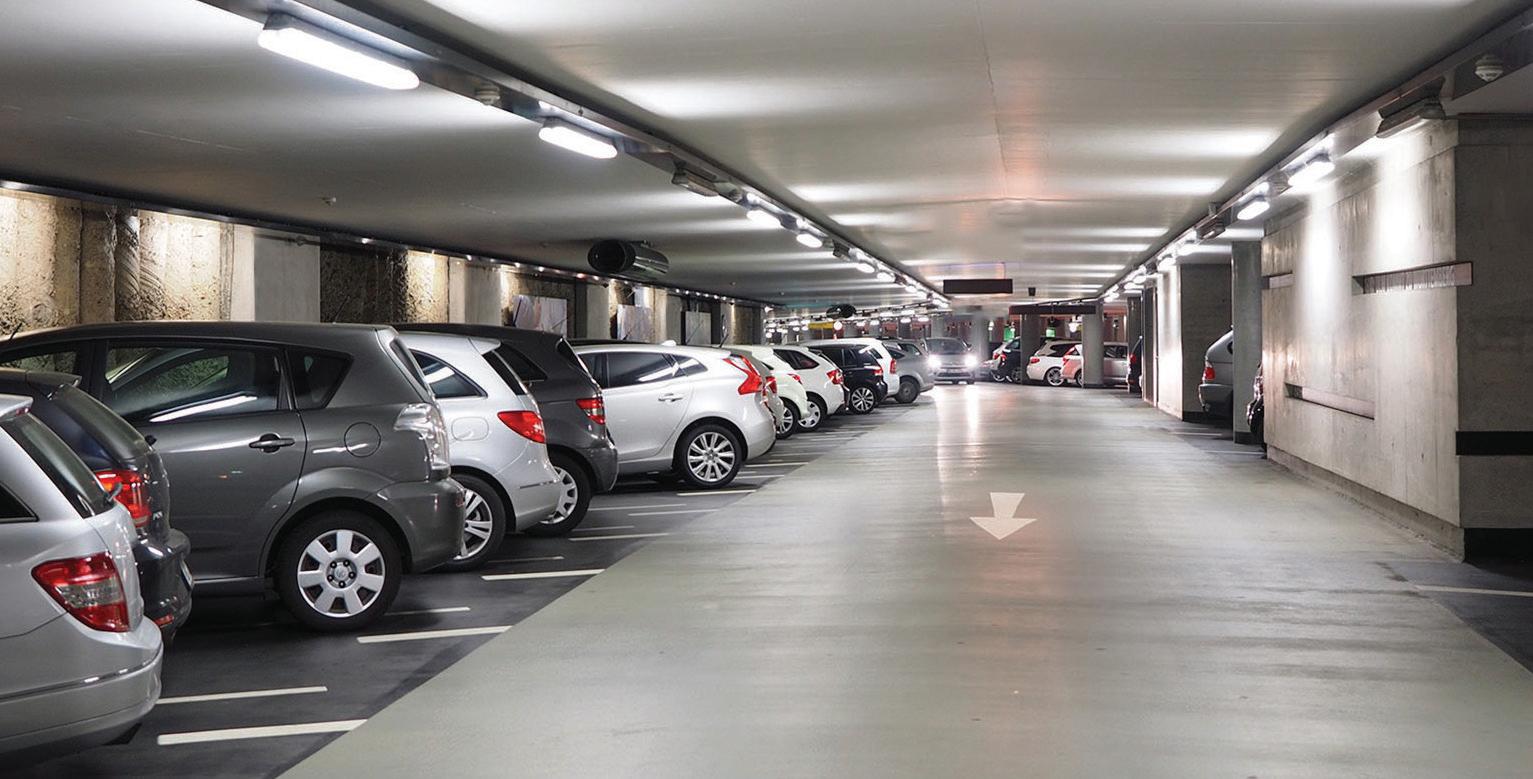
CO2 Monitoring Solutions for Schools
Indoor air quality directly impacts the usability of a space and the productivity of its occupants, so it’s particularly important to monitor the indoor environment in classrooms.
Eurotec have several solutions available for IAQ management in schools in accordance with the 2017 Ministry of Education guidelines. Once installed, teachers and students can easily monitor the CO2 and temperature levels in their respective learning space.

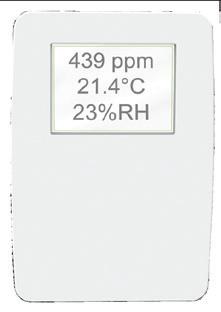

We have the ability to produce complete turnkey control panel solutions that are pretested and programmed for faster on-site commissioning. Contact us today!


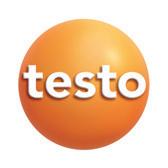


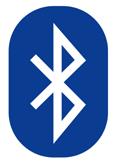


13 09 579 1990
sales@eurotec.co.nz
www.eurotec.co.nz
Contact Eurotec today for more information Automatic and precise refrigerant charging according to target superheat, subcooling and weight thanks to intelligent valve. Compatible with digital manifolds Testo 557s, 550s, 550i, 557, 550 as well as the Testo 115i, 549i, and 605i Smart Probes. Wireless Connection and operation with Testo manifolds and Testo Smart App via Bluetooth® 5.0 . 09 579 1990 www.eurotec.co.nz sales@eurotec.co.nz Refrigerant measurement technology NEW The new Testo 560i Digital Refrigerant Scale with Intelligent Valve revolutionizes the charging of refrigeration systems & heat pumps Available now from Eurotec Ltd
IT TAKES
#10SECONDSOFCOURAGE TO TALK TO A MATE
which is a lot easier than this...
@theinspiredunemployed

HOW TO GET INVOLVED
Anybody can take part in the #10SecondsofCourage to talk to a MATE challenge. Just create a video of you doing something that takes you outside your comfort zone and post it to your social media with the hashtag #10SecondsofCourage.
You can post on your Instagram, your TikTok, LinkedIn or your Facebook and tag @matesinconstructionnz. We’ll be giving the best content shoutouts on our socials!
Keep an eye out for our Go Media billboards which will be making an impact across New Zealand and if you want more information, you can check out, bornbredtalent.com/bbt-x-mic/
Got any questions or ideas? Drop us an email at info@mates.net.
MATES have teamed up with Born Bred Talent and TikTok to run the #10SecondsofCourage to talk to a MATE challenge: a campaign to raise awareness about mental wellbeing and suicide prevention. We want to encourage workers to take the courage to seek help when they need it, or offer help to a mate if they’re struggling.
We’re challenging people across New Zealand to show us something that takes more courage than checking in with a MATE to see how they’re doing.
Check out the talent that have got behind the campaign, including Six60, Drax Project, Jess Tyson and Bella Howarth – but we need everyone to take #10secondsofCourage and join the campaign to raise awareness make this EPIC!



irhace.org.nz JUNE 2022
nz
Your mates here at MATES want you to stay safe. Have fun and avoid behaviours that are dangerous or could cause injury.
SUBMISSIONS MADE BY IRHACE & CCCANZ

Representatives from IRHACE, CCCANZ and Refrigerant Recovery NZ Ltd established a working group for two submissions on the proposed changes to regulations for the New Zealand Emissions Trading Scheme 2022.
Our working group consisted of:
IRHACE & Refrigerant Recovery NZ Ltd – Mark Meyer, Glynn Cowley, Rob Morgan, Paul Shaw CCCANZ Board – Malcolm Miller, Greg McCarthy, Garry Ko, Gary Reily, Phil Mohan, Brendan Clarkson
15
The New Zealand Emissions Trading Scheme (NZ ETS) is one of the Government’s key tools to address climate change. It was established by the Climate Change Response Act 2002 (the Act). The Act also established the synthetic greenhouse gas levy (SGG levy). The NZ ETS and the SGG levy support and encourage domestic and global efforts to reduce greenhouse gas emissions. Their purpose is to:
• assist New Zealand to meet its international obligations under the Paris Agreement
• help New Zealand meet its 2050 target and emissions budgets.
WHAT IS THE SGG LEVY?
The Climate Change (Synthetic Greenhouse Gas Levies) Regulations 2013 ensure imports of synthetic greenhouse gases (SGGs) in goods and vehicles face comparable emissions costs to bulk imports of SGGs subject to the NZ ETS. This policy simplifies NZ ETS obligations for importers of goods and motor vehicles containing SGGs. Importers of goods and motor vehicles must pay a levy through the New Zealand Customs Service (NZCS) or Waka Kotahi NZ Transport Agency. The Environmental Protection Authority (EPA) reports on the number and type of imported goods and the types of SGGs they contain. The Working Tariff Document, which is maintained by NZCS, sets out the tariff rates on imported goods. The motor vehicle and goods levy schedules are in schedules 1 and 2 of the regulations, respectively. The SGG levy rates are updated annually in amendment regulations.
THE ROLE OF THE NZ ETS AND SGG LEVY IN THE EMISSIONS REDUCTION PLAN
The Government is about to publish the first emissions reduction plan (the ERP), which will describe how we are going to meet the first (2022–25), second (2026–30) and third (2031–35) emissions budgets and progress towards our 2050 target.
The ERP will include:
• policies and strategies for specific sectors (eg, transport, waste, heat, industry, power, building and construction, agriculture and forestry)
• a multi-sector strategy to meet emissions budgets and improve how those sectors adapt to the effects of climate change Proposed changes to regulations for the NZ ETS 2022 7
• ways to mitigate the impacts of reducing emissions and increasing removals on employees and employers, regions, iwi and Māori, and wider communities
• any other policies or strategies that are necessary.
The ERP sets out coherent measures that are complementary and reinforcing. Emissions pricing, through the NZ ETS and the SGG levy, will be a critical part of the ERP policy package.
This consultation document proposes technical amendments to some of the regulations made under the Climate Change Response Act 2002 that maintain the accuracy of the NZ ETS. Any submissions received on the proposals in this consultation document are unlikely to impact the emissions reduction plan. It will take a combination of pricing and other policies and measures to move to a low-emissions economy.
HOW BUSINESSES INTERACT WITH THE NZ ETS AND SGG LEVY
People and businesses interact directly with the NZ ETS and the SGG levy in several ways. These include the following.
Reporting emissions and surrendering emissions units
Some people and businesses have obligations to report their emissions. Of these, some must surrender emissions units (NZUs) to cover their direct greenhouse gas emissions, or the emissions associated with their products.
To do this, businesses need to calculate the emissions from their activity over a calendar year, report to the EPA by the end of March the following year, and then surrender NZUs before the 31 May deadline.
This effectively puts a price on greenhouse gas emissions. Regulations set out the requirements for calculating emissions. This document contains proposals that affect people with these NZ ETS obligations.
Some firms receive NZUs from the Government if they are emissions intensive (where a significant portion of their revenue is emissions costs passed on to the consumer) and exposed to international trade. These participants face higher costs because of the NZ ETS, including on emissions which result from their production outputs and consuming electricity, coal, or natural gas.
Removing greenhouse gases
Some people and businesses may have opportunities to earn NZUs by carrying out an eligible removal activity. This must reduce emissions reported in New Zealand’s Greenhouse Gas Inventory (the Inventory), and units are earned to reflect this. A ‘forestry removal activity’ is one in which post-1989 forest growth sequesters carbon dioxide. An ‘other removal activity’ is one in which an eligible product must permanently embed (or at least until exported) a substance
irhace.org.nz JUNE 2022
Removing greenhouse gases cont... that would otherwise emit greenhouse gases to the atmosphere. This ensures that NZ ETS costs are not incurred for emissions that do not occur in New Zealand. This document contains proposals that may affect some people carrying out ‘other removal activities’.
Scope of regulations being consulted on
A set of regulations and Orders in Council support the efficient and accurate running of the NZ ETS and SGG levy. Periodically:
• the existing regulations need to be amended or replaced
• new regulations need to be created
• updates to technical factors need to be made to keep them current.
In this document, the Government is consulting on a subset of these regulations covering:
• unit registers
• other removal activities (non-forestry removals)
• emission factors for natural gas
• liquid fossil fuels.
This consultation does not include:
• updates to the unit supply settings and price controls for the NZ ETS
• any changes affecting forestry participants in the NZ ETS
• any changes affecting industrial allocation in the NZ ETS
• regulation updates that do not require consultation.
Consultation on unit supply and price control settings will happen until after emissions budgets have been finalised in May 2022 and the Climate Change Commission has provided its unit supply and price control setting recommendations to the Government.
The Government has consulted on proposed new regulations for forestry through a different process. Information on those proposals is available on the Ministry for Primary Industries website.
Several other updates to regulations and one set of new regulations are not part of this consultation. The appendix briefly outlines the information and context for these other regulation changes. These matters have either already been consulted on and have policy approvals, are technical, or do not require consultation or Cabinet policy decisions.
The impact on Māori of these proposed changes
We recognise Māori have a significant interest in climate change action and the NZ ETS. We have assessed that there is unlikely to be a disproportionate negative impact on Māori due to any proposed change in this consultation. However, we acknowledge there is a possibility of gaps in our analysis. Therefore, we are specifically requesting as part of this consultation that submitters consider whether there could be disproportionate impacts on Māori from the proposed changes. We have included this question against each proposed change.
CRITERIA FOR ASSESSING OPTIONS
Changing regulations that impact the NZ ETS contribute to meeting its objectives. Therefore, changes must be accurate, efficient and clear. Each option in this document is assessed against the status quo using the following four criteria.
• Alignment with the objectives of the NZ ETS. The objectives are to support and encourage global efforts to reduce the emission of greenhouse gases by helping New Zealand meet its international climate obligations1 as well as the 2050 domestic target and emissions budgets.
• Accuracy means ensuring the methodologies and emissions factors in the regulations result in calculations of emissions that are as close as practically possible to those that are released into the atmosphere from the activity.
• Efficiency concerns administrative and compliance costs for participants and the Government.
• Clarity means the regulations must be unambiguous and consistent, so the obligations and costs imposed on regulated parties are equivalent and unavoidable.
Assessment of each option against each criterion is given a rating of poor, good or no change.
• Poor – the option performs poorly against the status quo.
• Good – the option performs well against the status quo
17
READ MORE ABOUT THE PROPOSED CHANGES TO REGULATIONS FOR THE NZ ETS 2022
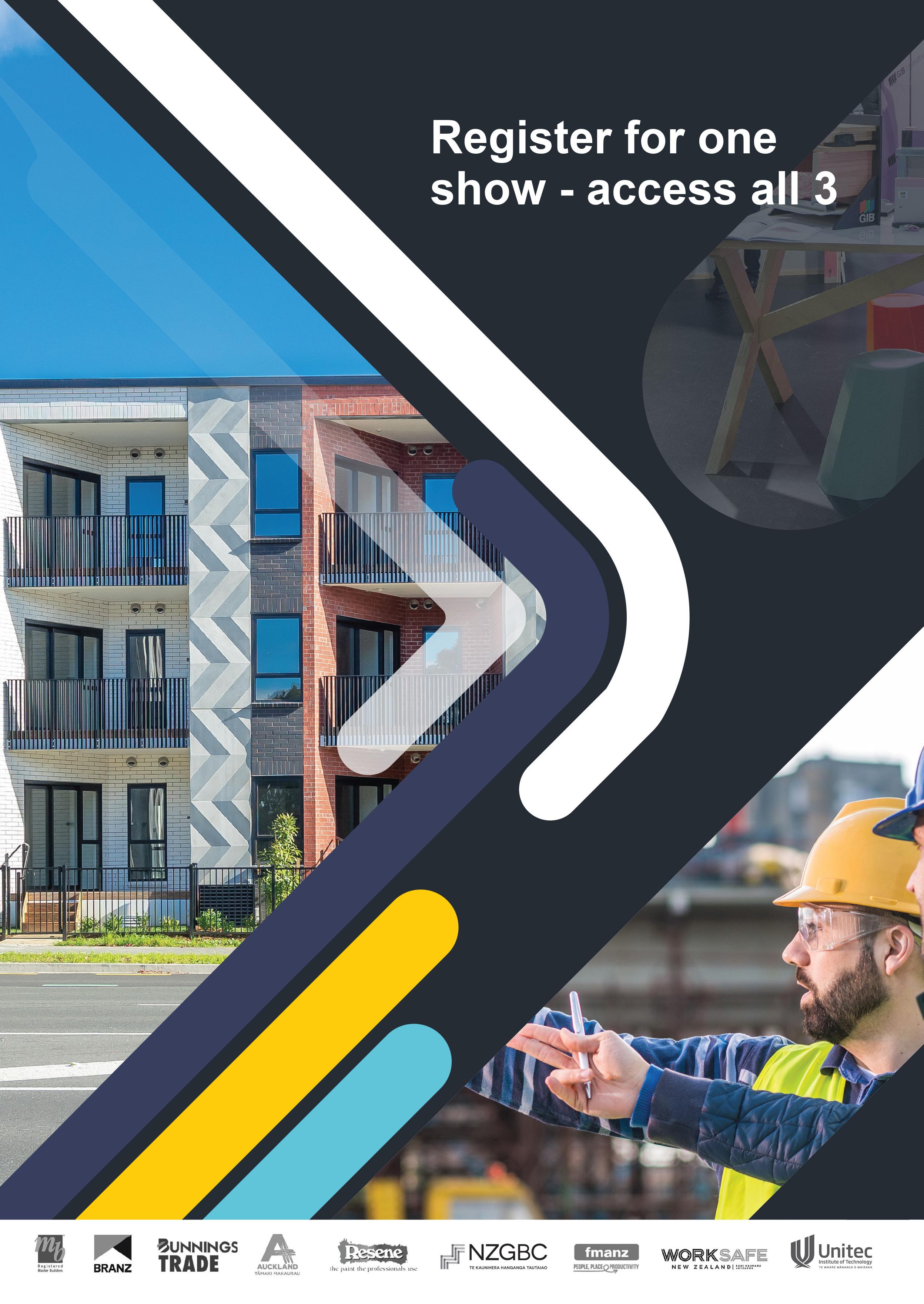
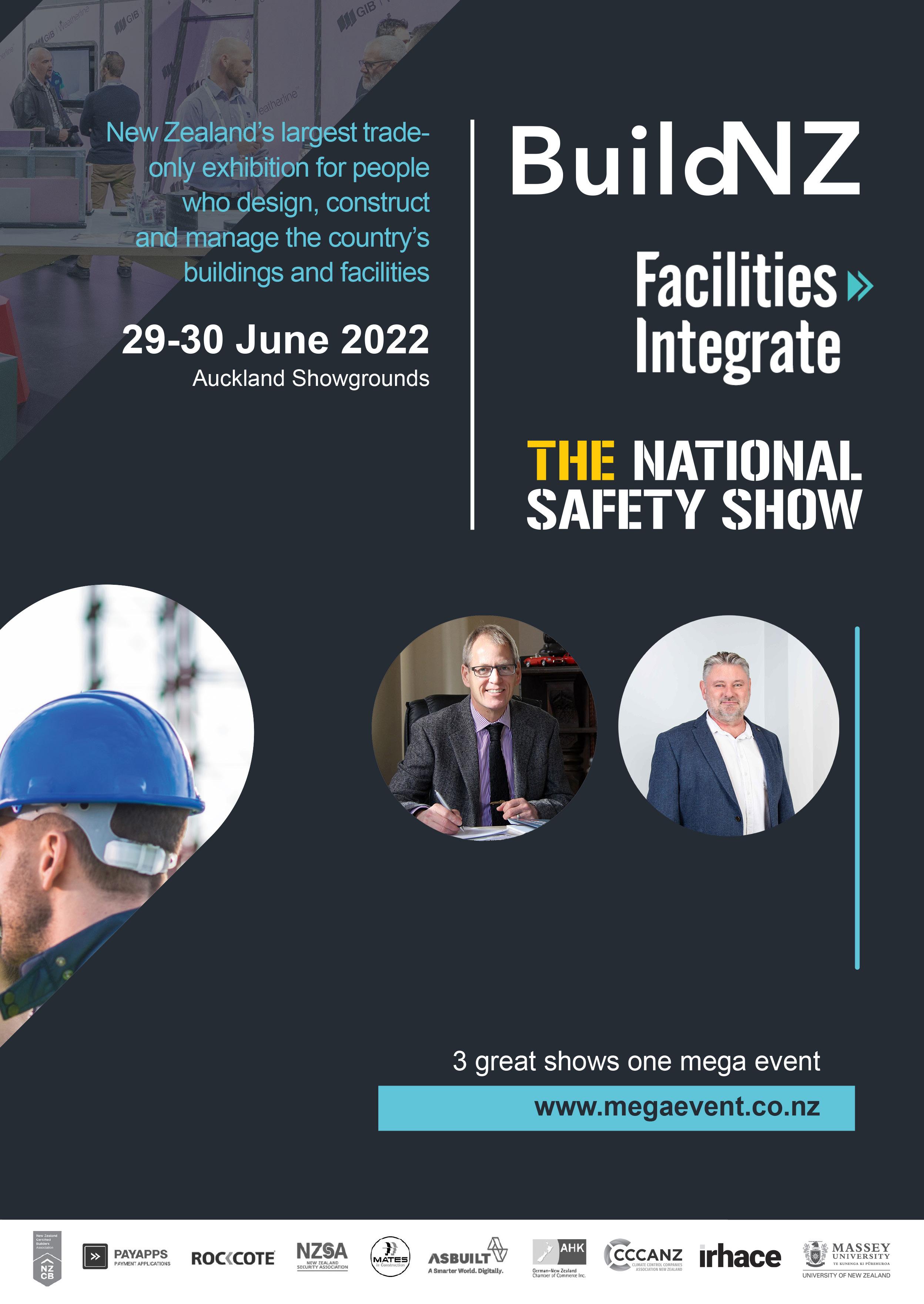
Lance Jimmieson and Robert Mannes.
Speaking on 29th June, 2-3pm
Topic: Fit for Purpose Indoor Environments - Changing the Conversation to embrance our new reality
CCCANZ SEISMIC PROCESS GUIDE
The purpose of this guide is to assist the mechanical services industry to achieve compliance with NZS 4219:2009 Seismic performance of engineering systems in buildings. It is recognised by the construction industry that compliance with NZS 4219:2009 can be difficult to achieve and that there have been varying levels of compliance in the past.

DOWNLOAD NOW
More than half of the costs incurred in the Canterbury earthquakes were associated with non-structural elements. This represents a significant cost to the New Zealand economy, and considerable focus is being placed on our industry to achieve compliance with NZS 4219:2009.
The industry has struggled with lack of clarity on seismic design criteria and certification/producer statement requirements, as well as the lack of suitably qualified seismic design resources. This has led to inconsistencies in the pricing, application and construction of appropriate seismic restraints.
This document has been developed to provide a basis for mechanical services subcontractors to provide a consistent, risk-managed solution for seismic performance of non-structural building mechanical elements.
Proper seismic design for mechanical services is interdependent with construction phase1 design processes, including:
• proprietary equipment selection and details – weight, dimensions, centre of gravity, mounting details/restraint fixing points
• detailed coordination and set-out (dimensioning) – hanger lengths, clearances, coordination of all non-structural component restraint and fixings to structure
• gravity design – seismic bracing generates additional gravity support loads that can impact gravity support design. Any seismic design undertaken during the detailed design phase (and included in tender documents) is likely to be ‘typical’ and needing additional construction phase design to achieve compliance with NZS 4219:2009.
Building services seismic design is a specialist design process often outside the engineering capability of mechanical contractors and, in some circumstances, requires structural engineering knowledge, hence the need for contractors to typically engage building services seismic specialists to undertake seismic design, inspection and certification (refer to section 3). It is anticipated that the process outlined in this document will be adopted by all other building services disciplines, not just mechanical. A review process is currently under way.
US experience California’s Office of Statewide Health Planning and Development (OSHPD) is the most onerous regulatory system for nonstructural component seismic performance in the US. Approval options include:
• no details on permit documents – specify seismic design (by contractor) as ‘deferred approval’
• generic design submitted with permit documents – design tends to be ‘typical’ and requires the contractor to employ a seismic specialist to do project/productspecific design
• specify ‘OSHPD pre-approved’ details by major bracing manufacturers (for example, ISAT, Mason). California hospital owners are pushing for ways to avoid/minimise ‘generic’ design that essentially requires repeating (by a different party) to suit construction phase decisions. An OSHPD-type approval system has been considered for New Zealand but discounted as too onerous for a small country.
irhace.org.nz JUNE 2022
CHANGES TO THE HEALTHY HOMES STANDARD

Changes to the healthy homes standards came into force on 12 May 2022.
This includes changes to the heating, ventilation, and moisture ingress and drainage standards.
Changes to the healthy homes standards came into force on 12 May 2022.
This includes changes to the heating, ventilation, and moisture ingress and drainage standards.
The most significant change is a new heating formula for modern dwellings and cer tain apartments. This reflects how these types of properties are better at retaining heat.
The heating assessment tool has been updated and can now calculate the required minimum heating capacity using both the new and original formula.
Other updates to the standards include:
• additional ways to comply with the heating standard
• extra allowances for situations where acceptable heating was installed prior to 1 July 2019
• changes to the ventilation standard, and
• clarification for the moisture ingress and drainage standard.
READ MORE ABOUT THE CHANGES
GOOGLES NEW CALIFORNIA CAMPUS
Googles new California Campus features a massive geothermal system, the largest in Nor th America, which makes it possible to heat and cool the campus’s buildings without fossil fuels.
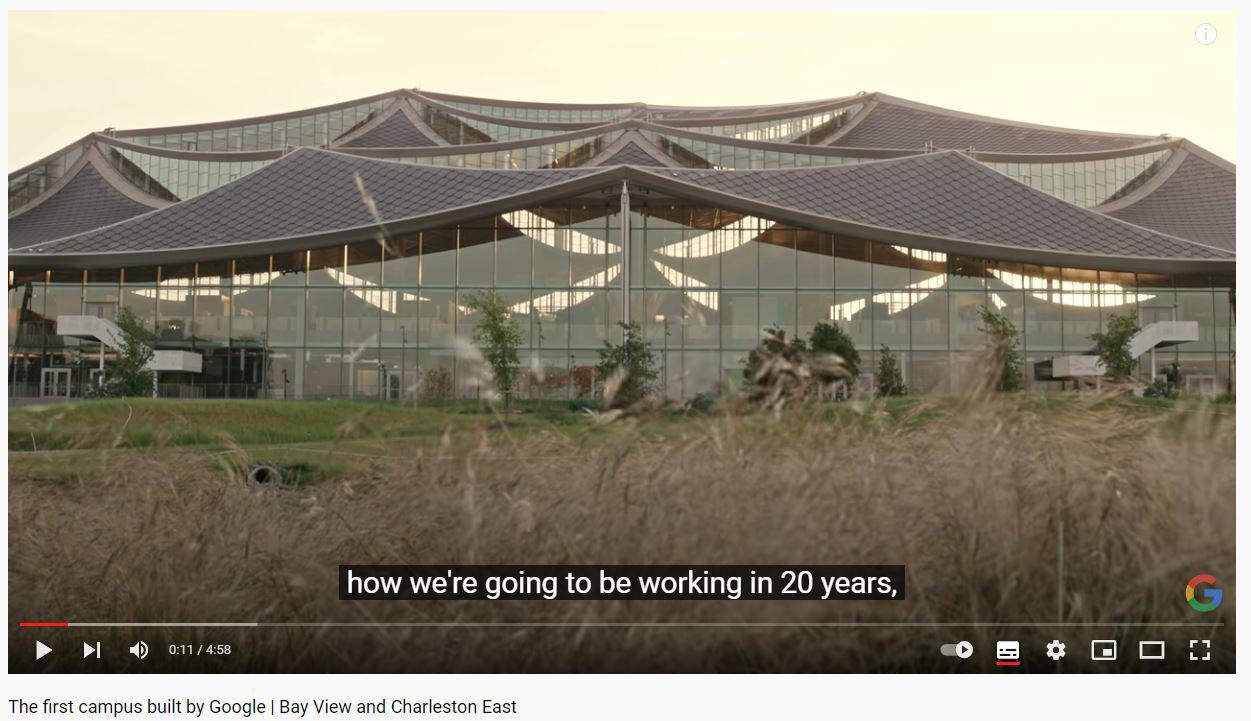
21
RLNZ COURSE UPDATE

TYPE OF COURSE
PROVIDED BY RLNZ
MEMBER BENEFITS
PROVIDED BY YOUR WORKPLACE NOT RLNZ
Approved Filler
A1 Course

Approved Filler
A2L Course

Theory only
$129 + GST
Theory only*
$79 + GST
*This course has a pre-requisite that you must have passed an A1 course.
REGISTER INTEREST
Practical competence test using the RLNZ practical assessment guideline by in-house verifiers either in your workplace or through a qualified independent contractor.
The RLNZ courses are ideal for companies who have their own in-house verifiers; or utilise a qualified independent contractor; and suitable for all CCCANZ member companies.
Benefits for companies include:
• No downtime for staff having to attend offsite courses;
• Use your own in-house verifiers;
• Option to use a qualified independent contractor; and
• Cost effective and efficient industry level training.
The industry training levy has funded the development of these courses and RLNZ wishes to thank these companies that continue to provide this funding.
Reece Ltd, Cooling Supplies, RefSpecs, RealCold, Patton Ltd
irhace.org.nz JUNE 2022
SEEKING APPLICATIONS FOR RLNZ TRUSTEE
RLNZ is seeking expressions of interest for a Trustee for the Refrigerant License Trust Board.
As a charitable trust, our main purpose is to promote, educate and train people in the refrigeration, heating and air conditioning industries and encourage people to further their professional development through a range of technical and specialist courses.
We are seeking a Trustee to work with our current team of Matt Birch RLNZ Chair, Brendan Clarkson Deputy Chair and Paddy Durham in assisting in our strategic direction.
If this is an area you would like to be involved in please advise us on admin@rlnz.org.nz or talk to Matt Birch on 021 197 8673.

EXPRESSIONS OF INTEREST HVAC&R SUBJECT MATTER EXPERTS
We are seeking expressions of interest from our HVAC+R industry, if you are a specialist in your field and would like to help RLNZ provide the best training possible to our industry then please advise us on admin@rlnz.org.nz or ask for a call back to discuss any questions you may have.
23

Energy Master Accreditation
COMMERCIAL BUILDING ENERGY SPECIALIST HVAC & CONTROLS TRAINING
This 5 half-day, online course, provides training in best-practice energy management and efficiency for engineers and technicians involved in the design, construction and maintenance of commerical buildings.
The online exam is available to those who have completed the CBES - HVAC and Controls Training Course and wish to progress with Accreditation as an Energy Master CBES - HVAC & Controls Specialist.
COURSE CONTENT
This online presentation and workshop-style course will cover the following topics as they relate to the practice of energy management in commercial buildings:
• Basic HVAC Design
• Cooling Plant Hardware and Efficiency
• Boiler Efficiency
• Boiler Operations
• Data Centre Energy efficiency
• Mechanical Systems Design
• Indoor Air Quality
• Motor and Drive Efficiency HVAC
• Cooling Plant Operational Efficiency
• Mechanical Systems Commissioning
• Monitoring and Verification of Energy Savings
• HVAC controls Fundamentals
• HVAC controls Applications
• HVAC control Diagnostics
• Continuous commission of HVAC Controls for Efficiency
• Energy Management Systems - overview of ISO 50001
• Energy Accounting Systems

Our Technology Talk webinars provide you with the opportunity to learn about new technologies, solutions, and expertise from valued AIRAH partners.
These sessions are free for AIRAH members and the public.
Please note: The Technology Talk webinars contain high-level commercial elements. The presentations must adhere to provided guidelines and should be about a particular topic, product, or case study. These sessions should not be considered peer-reviewed or the final word on any subject.

irhace.org.nz JUNE 2022
CLICK HERE TO REGISTER OR FIND OUT MORE
HVAC design: Using air movement in air conditioning buildings Virucidal AHU filtration and indoor air quality Raising the bar on indoor air quality SIGN UP
Sustainable

Welcome to ARBS 2022
Air Conditioning, Refrigeration & Building Services (ARBS) is Australia’s only dedicated HVAC&R and building services trade exhibition supporting the built environment. Coming up to 24 years and 12 exhibitions ARBS has grown in size and stature to become one of Australia’s most respected business events on the trade show calendar.
Featuring an outstanding line-up of national, multi-national and international manufacturers, distributors and agents ARBS regularly hosts over 250 exhibitors and welcomes in excess of 7,000 attendees.
CCCANZ Board is in attendance for this year’s ARBS 2022.

25
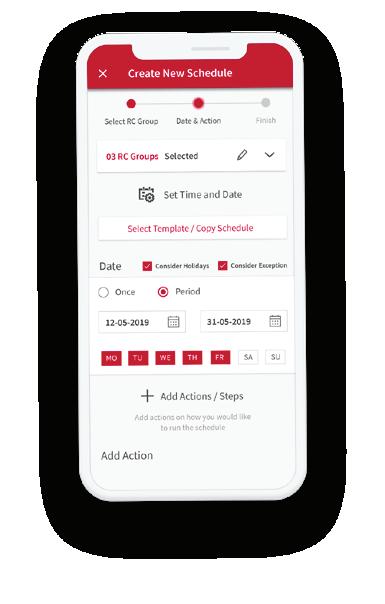
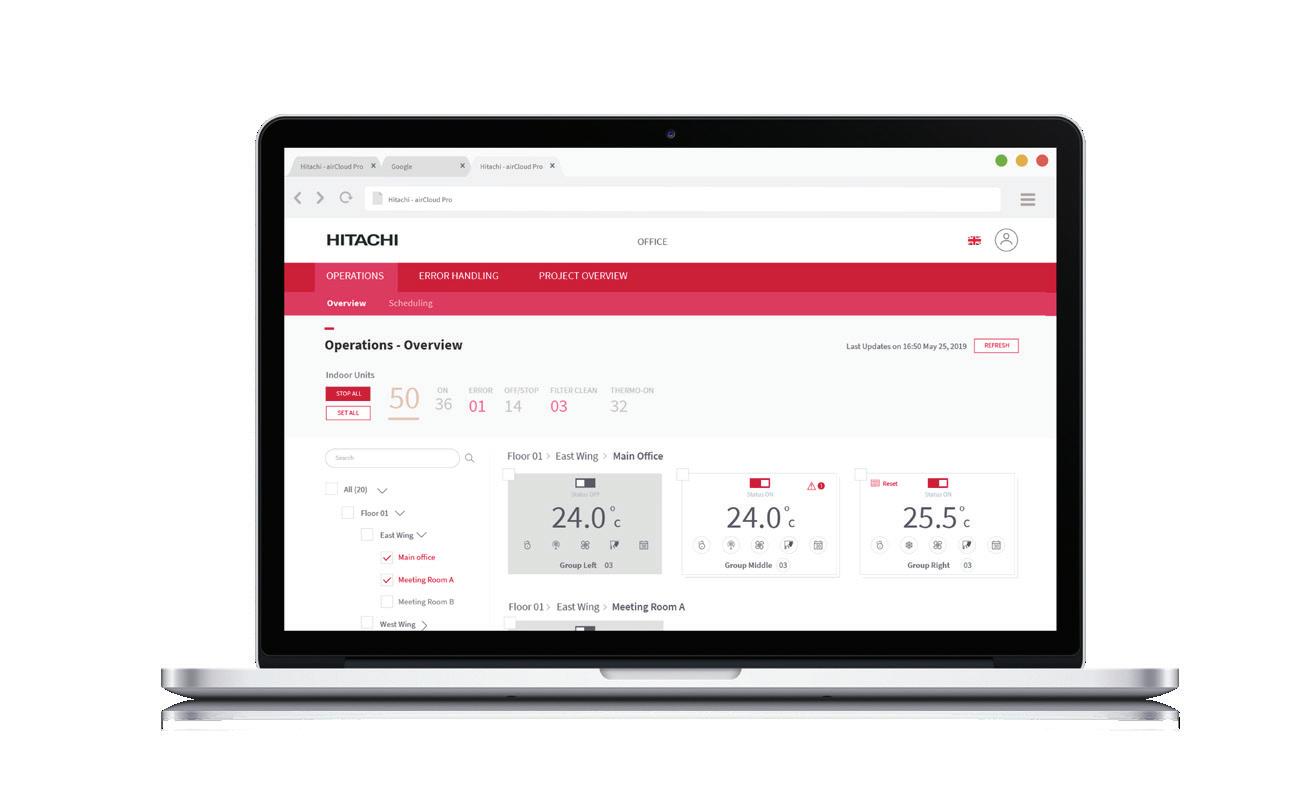
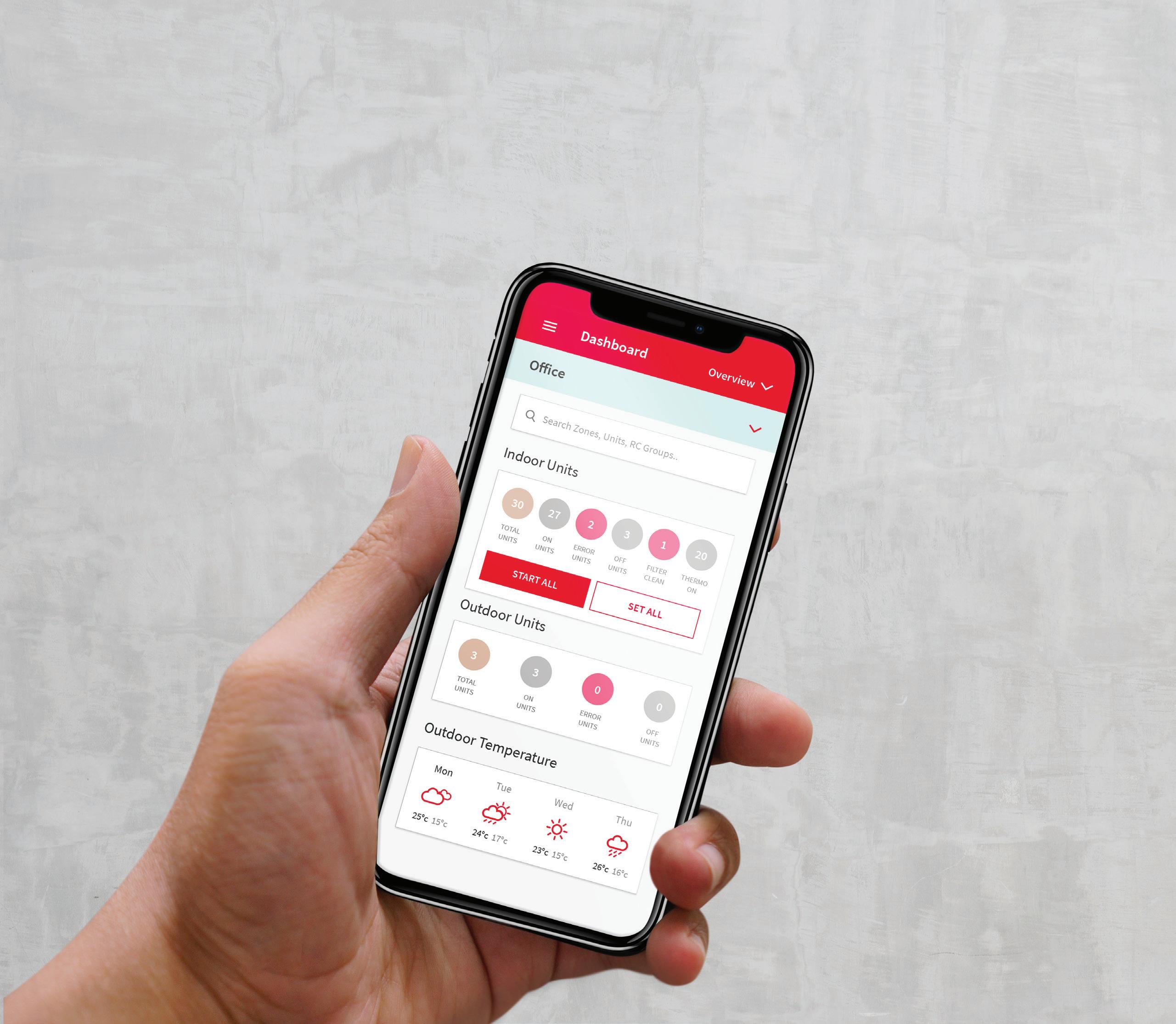
Remote control of your VRF system via Web or App • Intuitive interface for ultimate ease of use • Improve comfort of your occupants • Easy installation + configuration • Best-in-class security + privacy
Unlimited number of sites + users
Over-the-air updates + future functions Visit www.temperzone.com *Coming soon PC, tablet or smartphone Live control dashboard Error tracking + alerts Scheduling + zone creation Energy monitoring* ✓ ✓ ✓ ✓ Ideal for stand-alone + multi-site applications –Cloud Pro NEW RESTAURANT RETAIL HOTEL OFFICE SCHOOL / UNIVERSITY HOSPITAL
•
•

airCloud Pro allows Hitachi VRF system to be monitored and managed from anywhere. airCloud Pro is a cloudbased solution for remote access via a smart phone, tablet or laptop. Access can be shared with an unlimited number of users and different user restrictions can be set for building owners, staff and contractors.
Winner of the Digital Apps and Software Australia Good Design Awards, airCloud Pro is designed to make your job easier as an intuitive app that anyone can use. airCloud Pro is compatible with Hitachi VRF Systems, VRF Mini Systems and SideSmart VRF Systems.
The airCloud Pro gateway enables you to communicate with your VRF system(s) through the Cloud, at only 138w x 200h x 41d (mm) it is extremely compact. Hitachi’s airCloud Pro gateway enables the control up to 80 indoor units and 16 outdoor units by using centralised control of the entire VRF systems or selected zones. The gateway can be connected via LAN, Ethernet, or 4G.
Multiple gateways can be incorporated on a single project. The intuitive interface allows you to optimise a range of operations including temperature adjustments, fan speed and louvre direction control, scheduling and user permissions. Energy monitoring is a soon to be released function.
The live control dashboard allows you to improve the comfort of your occupants all while monitoring system operation. The secure registration and login provide quick access to the most common functions and the ability to control an unlimited number of sites.
Optimise AC operations:
• Enhanced comfort for occupants
• Modify temperature, fan speed, and louvre direction
• Create schedules, plan repetitions, and/or exceptions
• Lock indoor units’ individual controllers
• For all functions: easy selection of target zones/indoor units
Simplified troubleshooting, monitor your commercial VRF sites from anywhere with:
• Easy-to-understand error lists and codes
• Searchable error history
• Filter cleaning reminder
• Malfunction push notification directly sent to smartphones


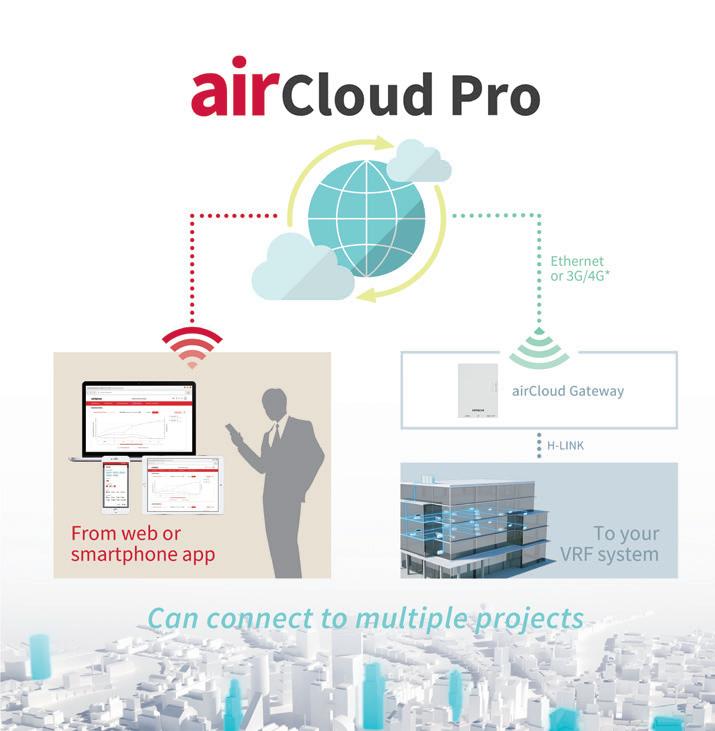
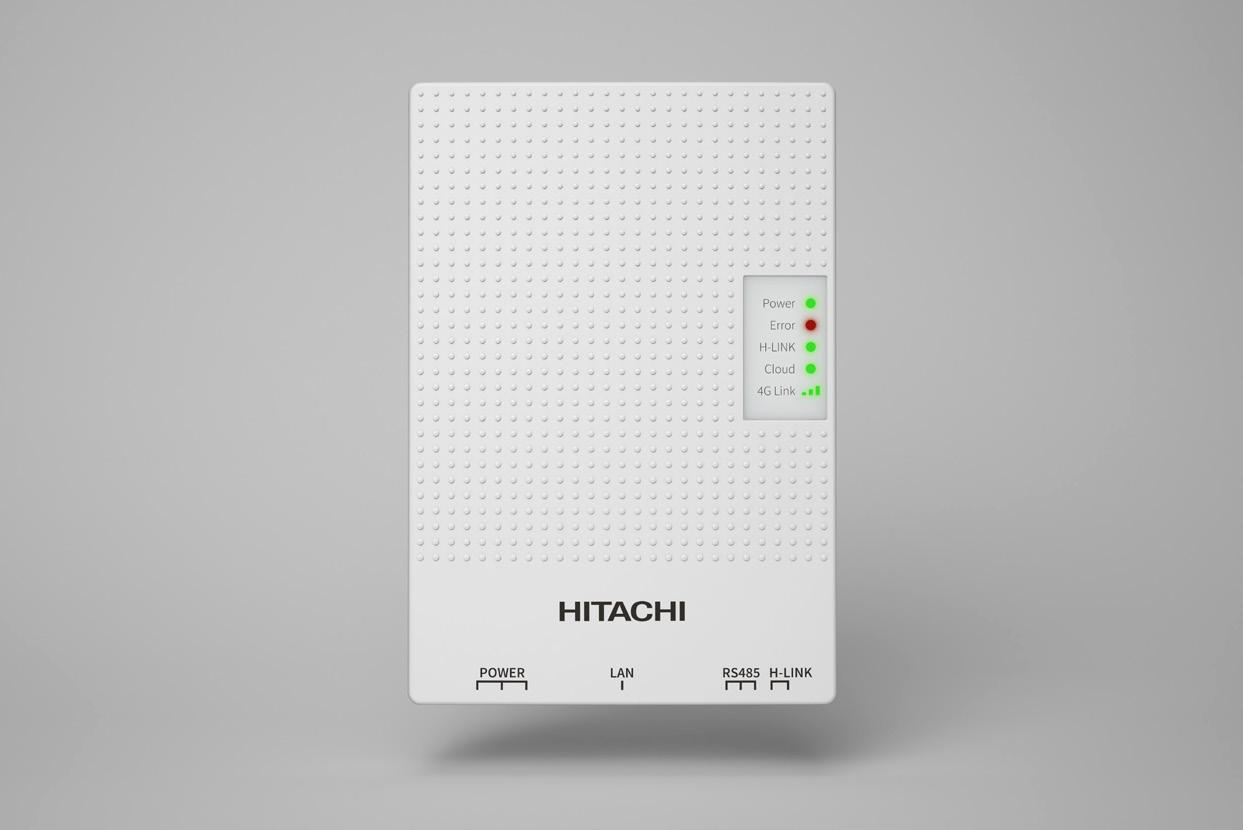
27
remote management via web
app. Visit temperzone.com for further product information
VRF
or
WHANGAREI TRADE NIGHT
Thursday 9th June
5.30pm - 8.30pm
Food & Refreshments available

PRESENTED BY
SEMENOFF STADIUM
- Venues and Events Whangarei
Northland Events Centre
51 Okara Drive
Whangarei 0110
REGISTER NOW
PREFERRED ACCOMODATION
Quest Whangarei
Promo Code: IHRACE
Discovery Hotel
Promo Code: IHRACE2022


MEMBER COMPANIES
1st Maintenance
www.1m.co.nz
09-525 1804
Auckland
Advanced Mechanical Systems Ltd
https://www.advancemechanical.co.nz
04-939 2868
Wellington
ACSL Group Ltd
https://www.acslgroup.nz
09-238 0700
Auckland
Air Conditioning Services (NZ) Ltd
https://www.airconcentre.co.nz
09-579 1099
Auckland
Aircon Commissioning & Services
https://www.nzgbc.org.nz
09-525 1804
Auckland
Absolute Mechanical Systems Ltd
www.aar.co.nz
09-525 1804
Auckland
Air Accent Systems Limited
www.linkedin.com/in/roger-kettle
09-525 1804
Auckland
Air Concepts Ltd
https://www.airconcepts.co.nz
09-479 3974
Auckland
Air Mark Services Ltd
http://www.airmarkgroup.co.nz
09-442 5959
Auckland
All Seasons Air Conditioning Ltd
https://www.allseasonair.co.nz
07-871 8220
Tauranga
29
2012
IRHACE MEMBERSHIP MILESTONES
10 YEARS
Peter Bridger
Thomas Geoffrey Flyn
2002 20 YEARS
Nigel Walsh

David Browne established the former known David Browne Contractors Limited in 1972, with it becoming a registered company in 1982. With changing popularities in demanded services, DBC became expertise’s in mechanical services of Heating, Ventilation, Air Conditioning, and Plumbing, as well as the design, installation, and maintenance for Medical Gases, throughout the South Island. David is still well involved on the company and still maintains an active role in the company.
1992 30 YEARS

Dean Johnston


irhace.org.nz JUNE 2022
David Browne
Grant Price
Ah Leong Tan
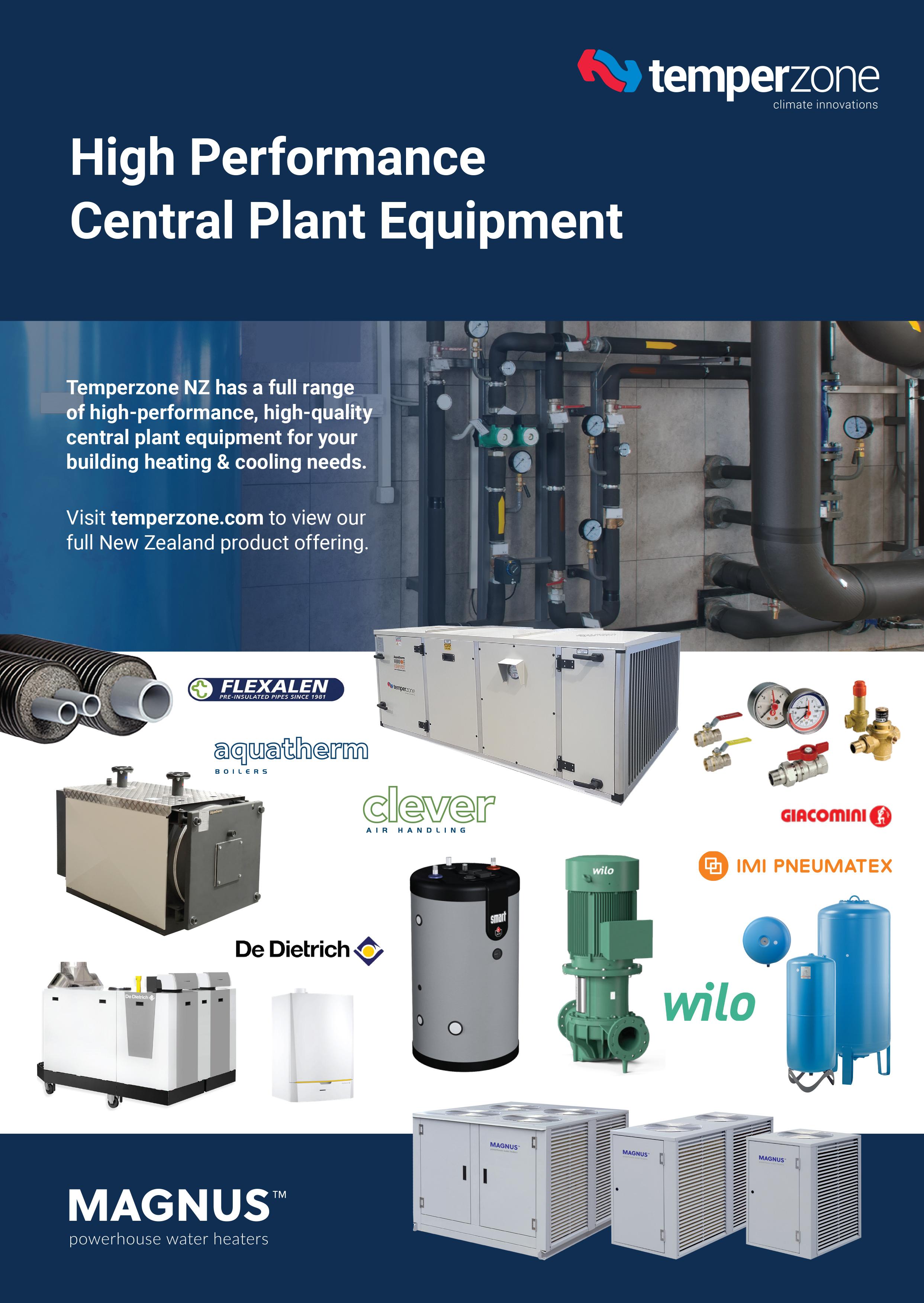


LIVE EVENTS
IRHACE TECHNICAL EDUCATION 2022
Brought to by IRHACE our Webinar series for the HVAC&R industry. IRHACE members* receive access to webinar library as part of their membership.
*exclusions apply.

PAST-PRESENT_FUTURE
7TH JULY, 12.30PM
Air conditioning refrigerants Past – Present – Future
Presented by Pete Hutson, F.IRHACE, Technical & Training Manager at BDT
REGISTER

Recorded webinars are available to IRHACE Members as part of their membership. If you have missed a previous Live webinar, go to the library to view.
LOGIN
IRHACE ONLINE LIBRARY
AIR CONDITIONING REFRIGERANTS
TOPICS AVAILABLE IN ONLINE LIBRARY Designing with Ventilation Louvres Expansion work recovery (EWR) Air Quality ventilation and Covid 19

















33rd



















CHANGE
Due
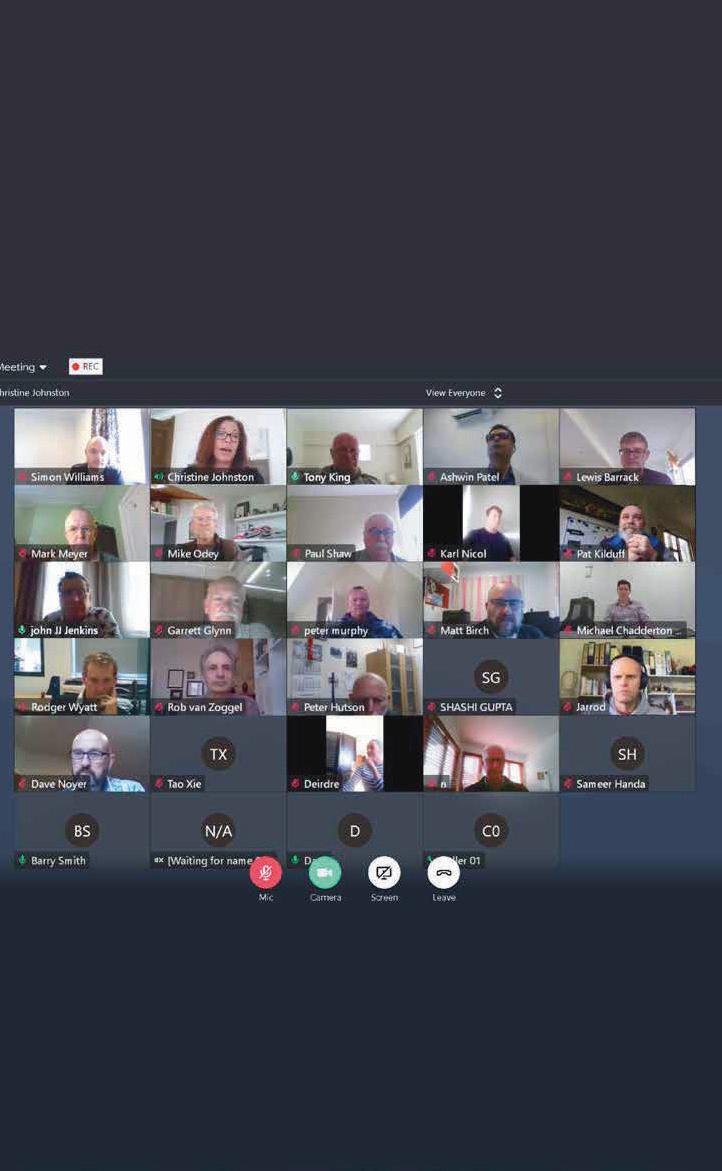
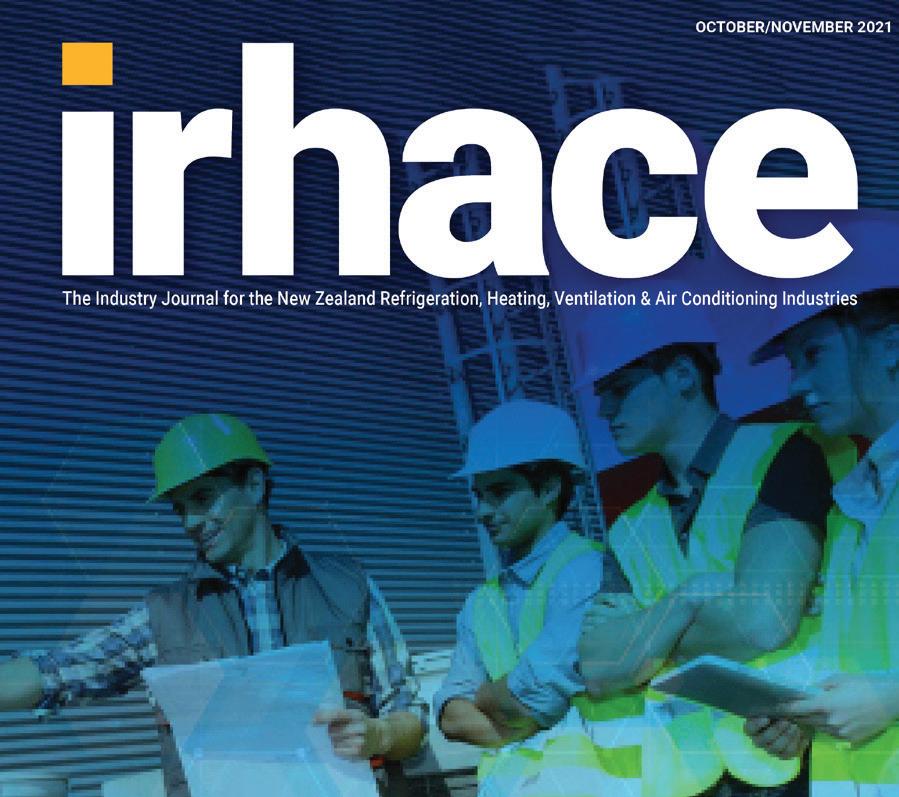
Any
irhace.org.nz JUNE 2022
of Refrigeration, Heating & Air Conditioning Engineers of New Zealand Inc.
Institute
General
Join us online
Annual
Meeting
noon
the website
Wednesday June 22, 12.00
Check
for full details
admin@irhace.org.nz
Any queries may be sent to
Meeting
2021 AGM
General Meeting
11th Annual General
1 January - 31 December
Annual
to
conference
the
AGM will
online
the website for full details
last year's
cancellation
11th CCCANZ
be held
Check
queries may
sent to admin@cccanz.org.n z
Control Companies Association of New Zealand Inc PO Box 217184 Botany, Auckland 2013 www.cccanz.org.nz REGISTER NOW REGISTER NOW
be
Climate
OF DATE
| 12
Tuesday 28th June 2022
NOON










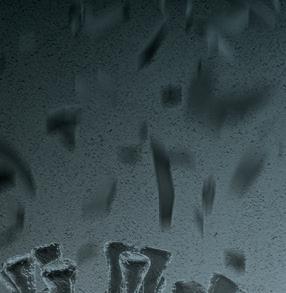



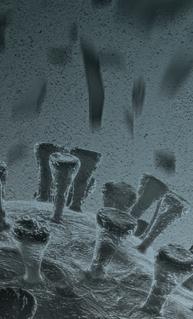







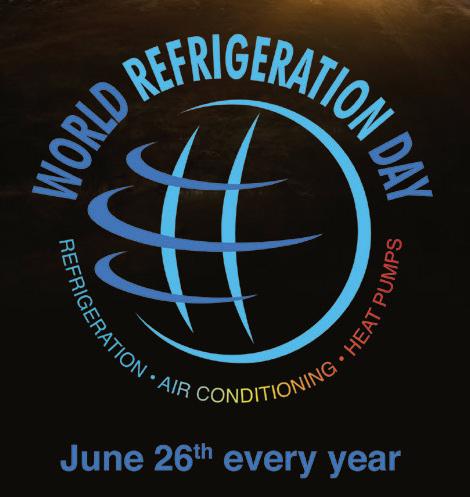




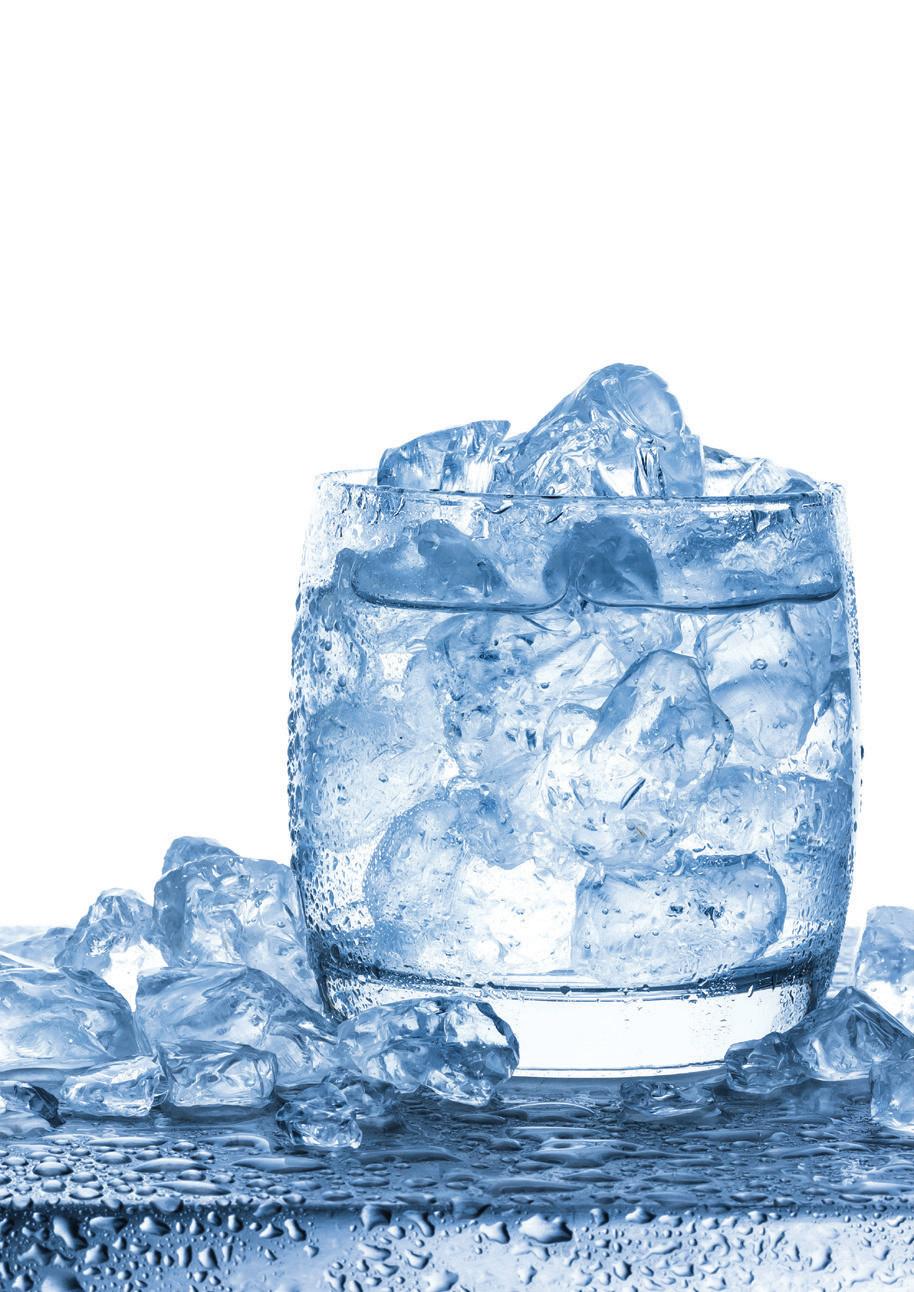




35


































































































































